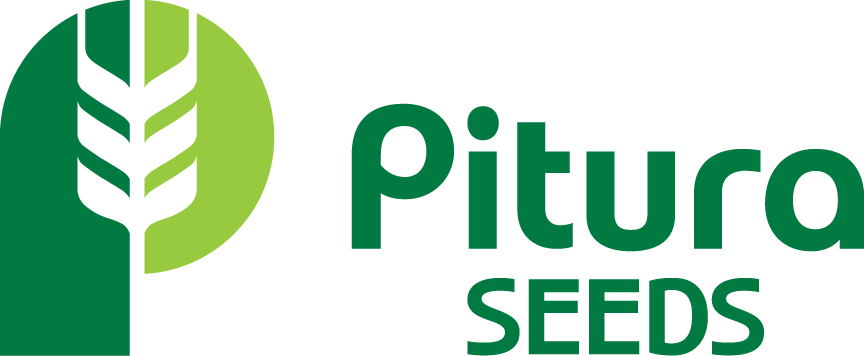How Full Is the Nitrogen Piggy Bank? Nitrogen Management From 2022
As a follow-up from a previous Seed Perspective, below are results Agvise has released showing residual nitrate trends following wheat and canola as of September 17th. Our last issue covered that if your soil samples are coming back with higher-than-normal residual N, it will likely be available to next year’s crop. After a drought year, it could be the most important time to check in on your soil. With the addition of high input costs, investing a few dollars per acre now, could save you a lot when it comes to booking your fertilizer for 2022.
General guideline (NOT to be used as a rule): Consider 60 - 70% of residual nitrate-N as “available” and build your fertilizer rates from that basis.
Although this can help you make a decision and come up with a rate – using a “% available N” can get you into a bit of trouble. All of the nitrate-N that is being tested for is water soluble and therefore, 100% available to plants to use.
There is the question of where it is located in the soil. As of now, there is likely plenty of N near the surface. Fall and spring rains and winter snow catch will likely move N down below 6” in the soil profile – making it less accessible for seedlings early in the season.
If your soil tests are coming back with enough residual nitrate-N to meet the crop requirements, it will still be a good idea to apply a base rate of N to cover the variability in the field, that has undoubtedly been caused by drought, and to help the crop get off to a fast start.

